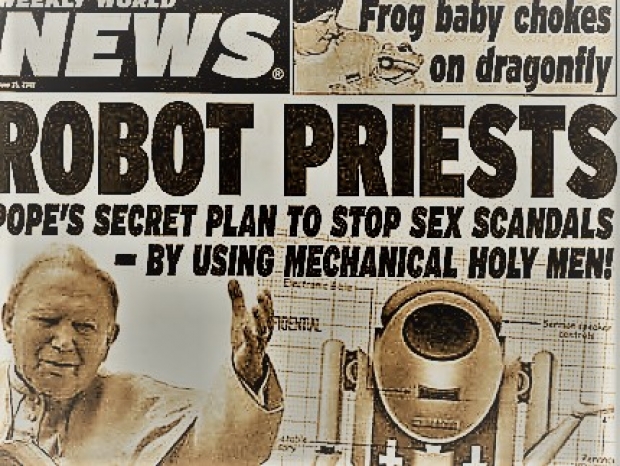For those who came in several thousand years late, humanity has been making statues which they believe contained the divine essence of what ever god they worship. In heightened religious states, the faithful claim that the statue moved or talked to them.
Now Gabriele Trovato - an Italian human-computer interaction researcher at Tokyo's Waseda University - wants to take this to the next level by providing a religious robot that really can move and talk with the worshipper.
Trovato along with his mate from Peru's Pontificia Universidad Católica, has penned a paper which provides a theoretical framework for designing "theomorphic" robots which "carry the shape and the identity of a supernatural creature or object within a religion" -- robots that imply "a connection with a deity, be[ing] a messenger of the deity, or be[ing] possessed by it, or carry[ing] a divine essence".
Trovato presents some guidelines for these, including not making them move too much becauserobot movement isn't very divine, and also religious icons tend to be immobile, don't design them to respond to user input, which ismore godlike, less furbish, and make them glow.
He thinks that the biggest advantage is that believers can feel at ease with, and even hold in high regard, a robot that has the appearance and identity of a familiar religious entity or an icon, while typically the approach towards robots is characterized by some discomfort.
“The sacred appearance can be seen as a mask, which covers the robotic component, for a device that will perform some service that can range from keeping company during prayer, to comfort and monitor people’s health, or to even perform catechesis, teaching positive values of a certain religion”, he said.




